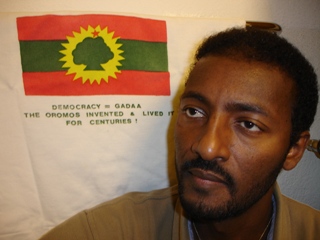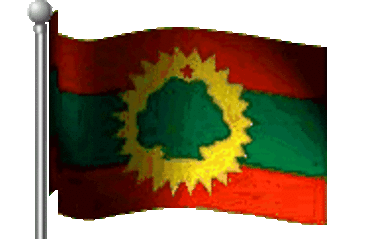Ethiopia Detains Times Journalists for Five Days
Three journalists for The New York Times were arrested by the Ethiopian military on May 16 in the Ogaden region of the country, held for five days and interrogated at gunpoint, and then released on Monday without any charges being lodged against them, The Times said today.
The three journalists — Jeffrey Gettleman, 35, Nairobi bureau chief; Vanessa Vick, 43, a photographer; and Courtenay Morris, 34, a videographer — were reporting on the conflict in the Ogaden region of Ethiopia when they were detained by soldiers in the town of Degeh Bur.
While in detention, they were moved to three different jails before being released from a prison in Addis Ababa on Monday.
The three journalists, who have now left Ethiopia, said they were never told why they were detained, and that Ethiopian military officials refused to notify the American embassy of their arrest. During questioning, Ms. Vick was kicked in the back, and all three were repeatedly threatened.
Ethiopian soldiers confiscated all of the journalists’ equipment, including computers, cameras, mobile phones and notebooks; none of the equipment has been returned. The Ethiopian security forces say they are holding the equipment for security reasons.
“We are greatly relieved that our journalists have finally been released and that their ordeal is over,” said Bill Keller, executive editor of The Times. “We would like to thank Ambassador Yamamoto and his colleagues at the American Embassy in Addis Ababa, and Prime Minister Meles for their help in freeing them.
“Now we are looking for explanations: Why were journalists on a legitimate newsgathering assignment arrested, imprisoned for five days, manhandled and threatened? Why were they denied a chance to communicate with the American embassy in Ethiopia, or with civilian officials of the Ethiopian government? Why were we unable to get accurate information about their whereabouts and condition?”
The Ogaden region is a contested area of eastern Ethiopia, close to the border with Somalia, where the Ethiopian government is confronting separatist rebels.
In December 2006, Ethiopia, with covert American help, intervened in Somalia to prop up Somalia’s transitional government and defeat Islamist forces that controlled much of the country and were widely suspected of sheltering anti-Ethiopian rebel groups like the Ogaden National Liberation Front.
The hot, arid and inhospitable Ogaden region is home to Somali-speaking nomads who tend to identify more with neighboring Somalia than with Ethiopia. Part of the reason is religion: Ethiopia’s leaders have generally been Christians, while Ogadenis are almost all Muslims.



0 Comments:
Post a Comment
<< Home